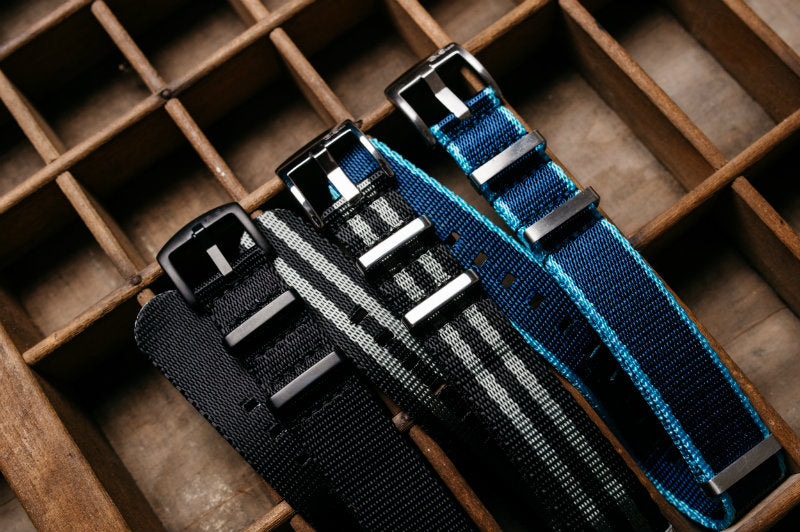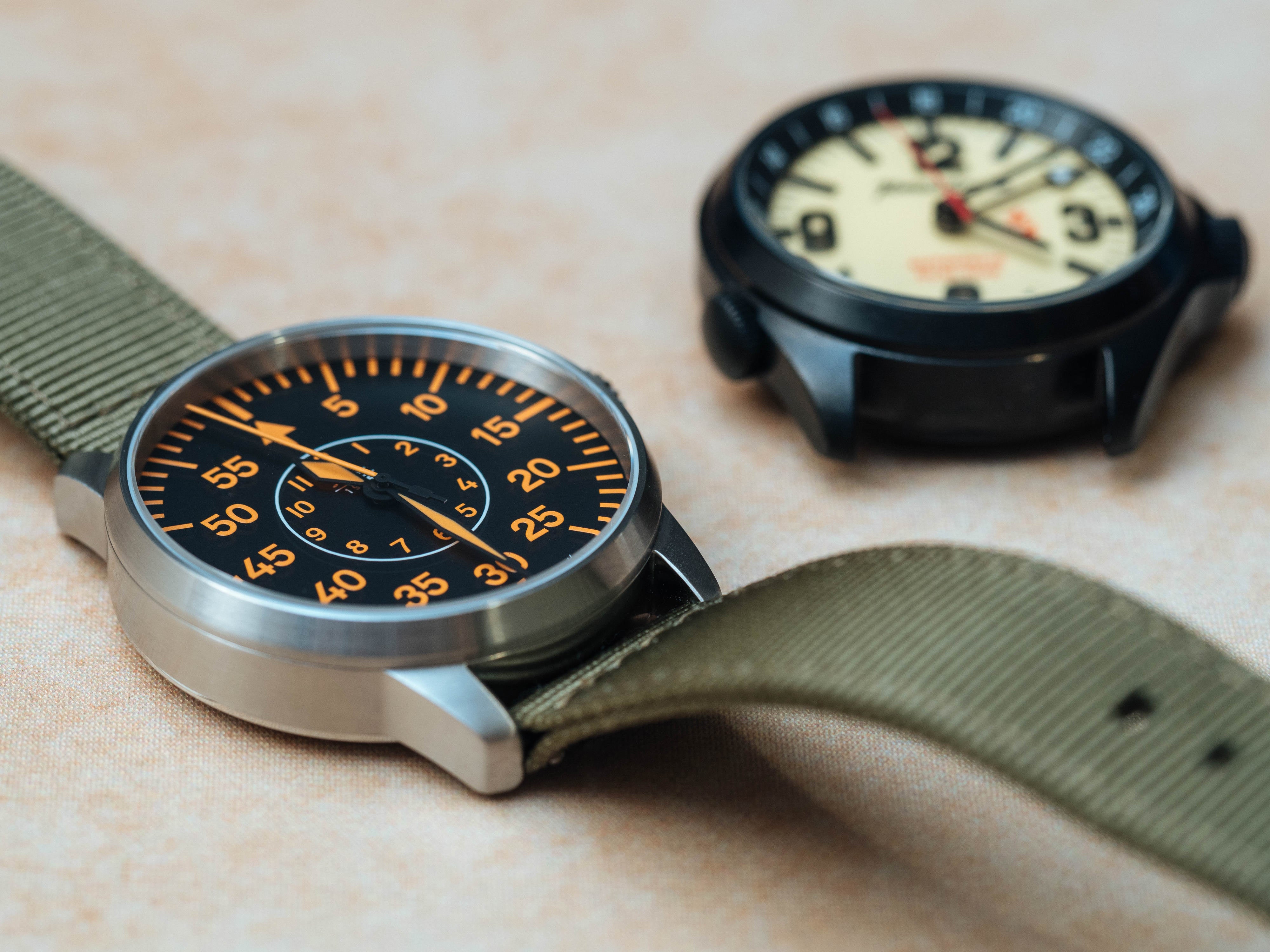Understanding the Differences Between Zulu and NATO Watch Straps

When it comes to choosing the right watch strap, the details matter. Among the various styles available, Zulu and NATO straps are favored for their durability, distinctive looks, and comfort. However, it can be challenging to distinguish between these two types, especially as they share certain features and aesthetics. This comprehensive guide will explore the key differences between Zulu and NATO straps, providing clarity and guidance for watch enthusiasts looking to make an informed decision. We'll delve into their origins, design differences, material choices, and practical use cases to help you understand which strap might best suit your watch and personal style. Strap in as we unravel the unique characteristics of these popular watch bands and discover which one aligns with your needs.
Historical Roots and Purpose
Understanding the origins of Zulu and NATO straps provides insight into their design and functionality. NATO straps, originally called G10, were first issued by the British Ministry of Defence in 1973. Made from nylon, they were designed to be a secure, durable option for military forces. The name "NATO" comes from the NATO stock number used to identify the strap in military inventories rather than any direct association with the NATO alliance.
On the other hand, Zulu straps emerged from the need for even more robustness and simplicity. They are similar in origin, deriving from the utilitarian needs of military personnel, but are typically made thicker and with fewer fittings than NATO straps. Despite their later introduction, Zulu straps quickly gained popularity for their straightforward, rugged appeal, especially among outdoor enthusiasts and adventurers.
Design and Construction Differences
When it comes to construction, the differences between Zulu and NATO straps are distinct but subtle. NATO straps are characterized by their single-piece construction. The strap slides under the watch case, looping through the spring bars, which secures the watch in place even if one spring bar fails. This design feature adds an extra layer of security for the wearer. NATO straps traditionally feature a series of metal loops and a buckle, all typically made of stainless steel. Some variations include a secondary strap, doubling the material under the watch case for added security.
Zulu straps are generally made with a thicker and more rugged nylon or leather, providing a sturdier feel. They often feature one large buckle and fewer rings, usually three, compared to the additional hardware seen in NATO straps. The heavy-duty materials and simpler design of Zulu straps make them particularly suitable for extreme conditions and heavy wear.
Material Choices and Varieties
Both Zulu and NATO straps offer a range of materials, though their traditional constructions differ slightly. NATO straps are most commonly made from nylon, providing durability, water resistance, and comfort. The nylon used is lightweight yet strong, making it ideal for both everyday wear and rigorous activities. More recently, leather and canvas versions have become available, offering a dressier look while maintaining the practical aspects of their design.
Zulu straps are typically seen in thicker nylon materials, offering increased resistance to wear and tear. The heavy-duty construction of Zulu straps makes them ideal for outdoor activities where watches may be subjected to rougher treatment. For those looking for a more formal appearance, Crocodile Grain leather variants are available, offering a sophisticated yet sturdy option. Unlike the discontinued Silicone Straps, BluShark’s Rubber straps provide an alternative that retains flexibility and durability, suitable for sports and high-moisture environments.
Practical Applications and Preferences
Choosing between a Zulu or NATO strap may depend on both aesthetic preference and practical usage. NATO straps are versatile and can easily be swapped out to match different outfits or occasions without the need to remove the spring bars. This ease of interchangeability makes them particularly popular among those who like to regularly change their watch's appearance. Additionally, the security that the additional loops and tuck-under design provide makes NATO straps a favorite for military personnel and adventure sports enthusiasts.
Zulu straps, with their thicker bands and fewer components, provide a more streamlined look and feel. They are especially favored in situations where robustness and minimalism are preferred. The straightforward, less cluttered design of Zulu straps makes them easier to clean and maintain, which is an advantage for those engaging in muddy or dirt-filled environments.
As a trusted advisor in the world of watch accessories, understanding these nuances helps in making an informed choice about which watch strap to select based on lifestyle, functionality, and personal style preferences. Whether you are dressing up for a formal event or gearing up for a rugged adventure, understanding the distinct advantages of each strap type ensures you find the perfect companion for your timepiece.
Wrap-Up
Choosing the right watch strap—be it a robust Zulu or a versatile NATO—can significantly enhance both the functionality and style of your timepiece. At BluShark Straps, we take pride in offering a wide range of high-quality watch straps designed to meet various lifestyle and aesthetic needs. Whether you’re battling the elements outdoors with a rugged Zulu strap or enjoying the quick versatility of switching NATO straps to suit different occasions, our collection ensures durability and style.
Delve into BluShark’s extensive selection of materials, including comfortable nylon and exquisite Crocodile Grain leather options, and discover the ideal premium watch strap that not only complements your watch but also fits your everyday adventures. Upgrade your timepiece today; explore our collection and find the perfect watch strap that suits your unique style and needs.




Leave a comment